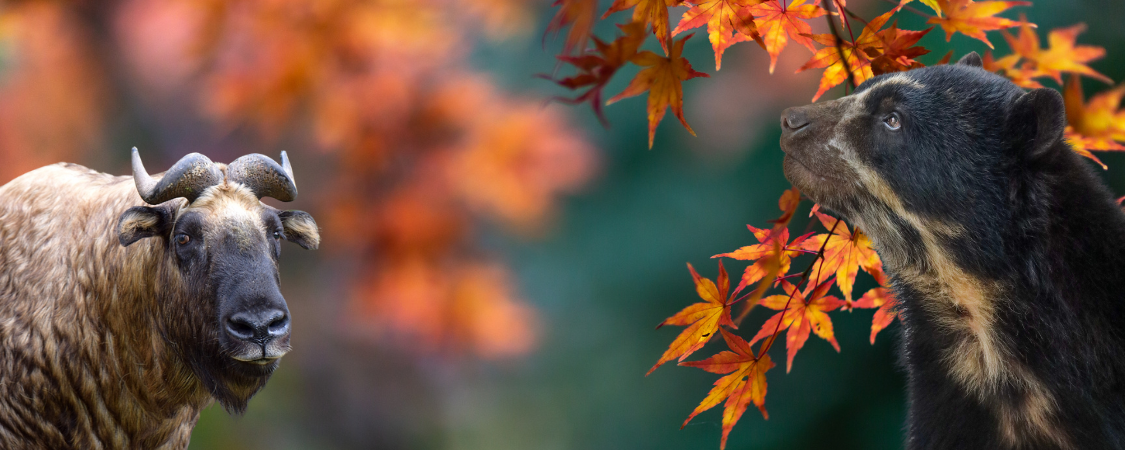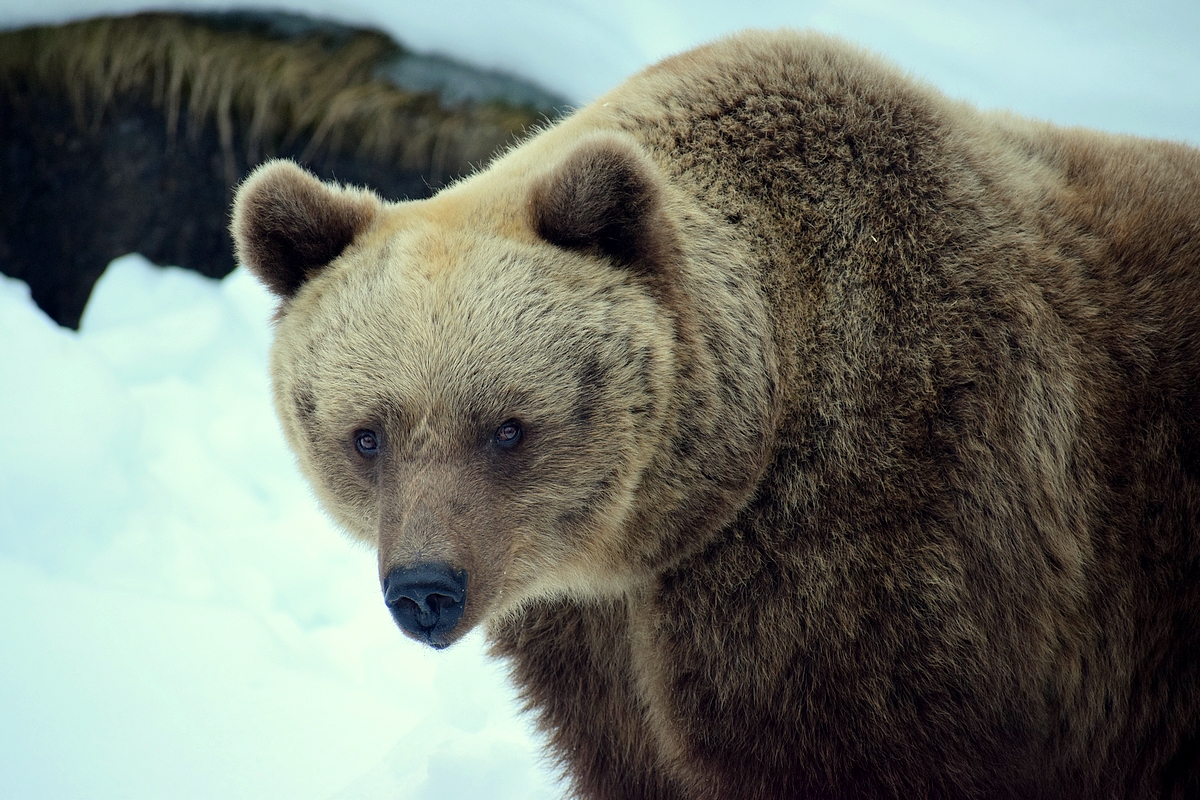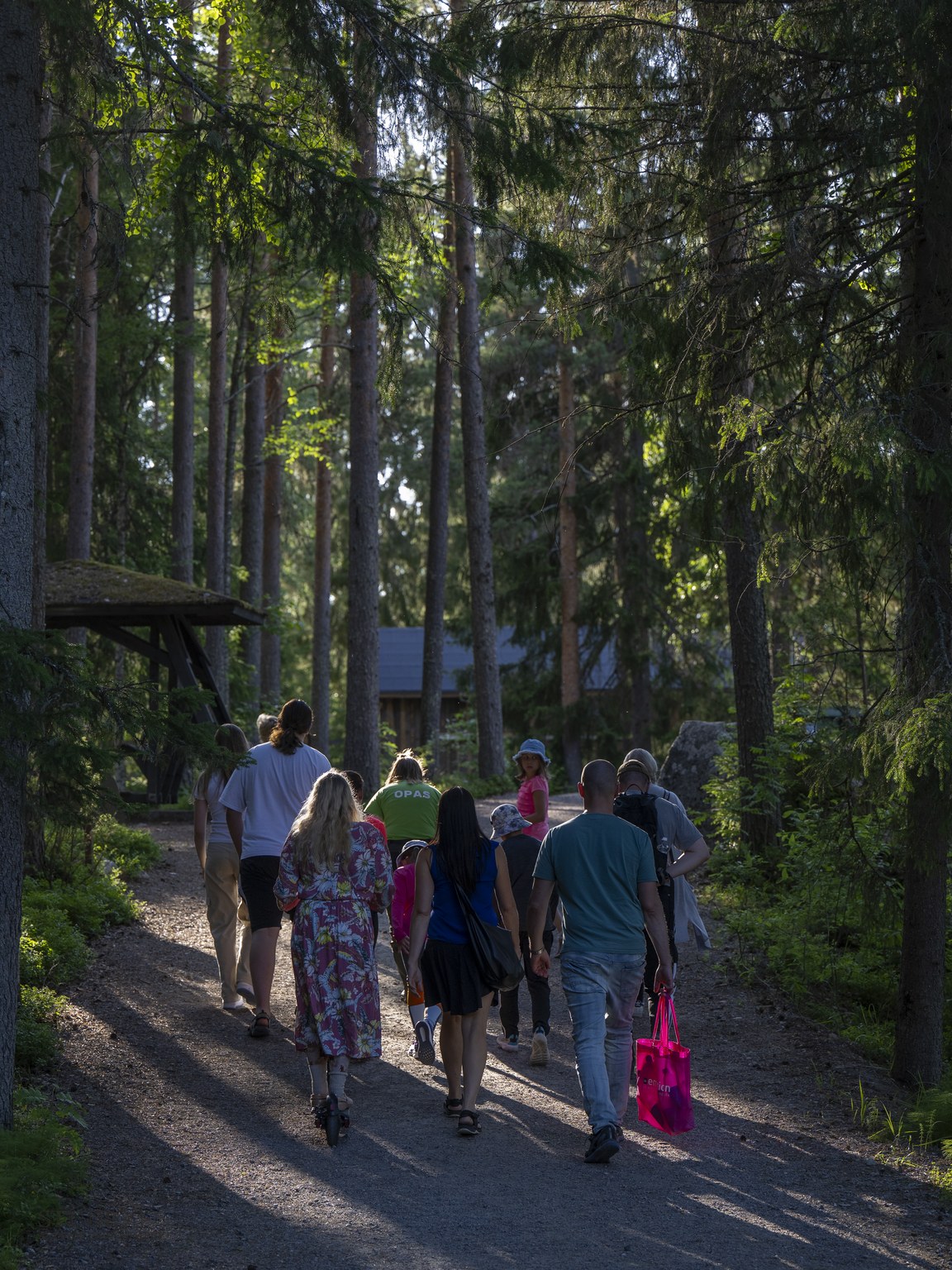Autumn at Ähtäri Zoo offers visitors a spectacular opportunity to observe animals in their most fascinating seasonal behaviors. During fall months, many species become particularly active as they prepare for winter, foraging for food and adapting to the changing temperatures. The zoo’s 60-hectare forest setting showcases animals in natural environments that mirror their wild habitats, with Finnish native wildlife and international species all displaying unique autumn behaviors. This makes fall an ideal syysloma matkakohde (autumn holiday destination) for wildlife enthusiasts and families alike.
Which animals are most active at Ähtäri Zoo during autumn?
Autumn is a period of heightened activity for many animal species at Ähtäri Zoo as they prepare for the coming winter. Brown bears become notably more active, intensifying their feeding to build fat reserves before hibernation. Wolverines, lynx, and snow leopards also display increased movement, often becoming more visible to visitors as they adapt to the cooler temperatures.
The zoo’s natural forest environment provides the perfect setting to observe these seasonal behaviors. Many animals develop thicker winter coats during autumn, creating striking visual changes for visitors to witness. Elk and forest reindeer can be seen foraging more actively, while smaller mammals like otters continue their playful antics in a less crowded visitor environment.
Birds of prey such as eagles and owls are also more prominent during autumn months, making this season ideal for wildlife photography and unique animal observation activities that showcase the zoo’s conservation mission.
What makes autumn a special time to visit Ähtäri Zoo?
The combination of stunning forest scenery and animal behavioral changes makes autumn a truly magical time to visit Ähtäri Zoo. The Finnish forest transforms into a spectacular canvas of red, orange, and gold foliage, creating a breathtaking backdrop for wildlife viewing that photographers dream about.
Cooler temperatures significantly impact animal behavior, with many species becoming more active during daylight hours compared to summer when heat might keep them resting in shaded areas. This increased activity coincides with fewer crowds after the peak summer season, allowing for more intimate wildlife observation experiences and better visibility at viewing areas.
The crisp autumn air carries sounds further through the forest, making animal calls and movements more noticeable. Many visitors find the peaceful atmosphere of the autumn forest, combined with the opportunity to see animals in their pre-winter routines, creates a more authentic wildlife experience than visits during other seasons.
If you’re planning an extended autumn nature experience, consider booking accommodation near the zoo to fully immerse yourself in the seasonal environment.
How do the Finnish native animals behave in autumn at the zoo?
Finnish native wildlife exhibits fascinating behavioral adaptations during autumn months at Ähtäri Zoo. Brown bears demonstrate perhaps the most dramatic seasonal change as they enter a phase called hyperphagia – an intense period of feeding where they may consume up to 20,000 calories daily to build fat reserves for winter hibernation. Visitors can observe bears foraging more actively and for longer periods during autumn days.
The European lynx becomes more visible in autumn, often displaying increased territorial behaviors as it patrols its enclosure. Its coat begins thickening in preparation for winter, enhancing its already beautiful appearance. Wolverines also show more active behavior patterns, often engaging in more frequent bouts of exploration and playfulness.
Finnish forest reindeer and elk demonstrate seasonal feeding changes, consuming more nutrient-rich vegetation to prepare for the scarcer winter months. Their antlers are typically at their most impressive stage during early autumn before the males shed them.
The Eurasian eagle-owl and other native bird species often display more prominent behaviors during autumn, adjusting their routines as daylight hours decrease. These seasonal adaptations provide educational insights into how Finnish wildlife survives the challenging winter months.
What other exotic animals can you observe at Ähtäri Zoo in autumn?
Autumn provides excellent opportunities to observe Ähtäri Zoo’s international species as they adapt to seasonal changes. The majestic snow leopards become notably more active in cooler temperatures, often displaying more frequent movement and exploration behaviors that make them easier to spot against their habitat backdrop.
The zoo’s red pandas are particularly charming during autumn months, as their rich russet fur blends beautifully with the fall foliage. These engaging creatures often show increased activity in moderate temperatures, climbing and exploring their environments more visibly than during summer heat.
Visitors can also observe fascinating seasonal behaviors in other species such as the Przewalski’s horses, which develop thicker winter coats, and the playful otters that remain active throughout the changing seasons. The contrast between how different international species adapt to seasonal changes provides valuable insights into global wildlife adaptation strategies.
Many of these animals demonstrate more natural behaviors in autumn’s moderate temperatures, making this season ideal for truly meaningful wildlife observation and learning about conservation challenges facing species from around the world.
What special activities or events does Ähtäri Zoo offer in autumn?
Autumn at Ähtäri Zoo features a range of special activities designed to enhance visitors’ understanding of wildlife and conservation. Regular guided tours focus specifically on seasonal animal behaviors, with expert guides explaining how different species prepare for winter. These educational experiences provide fascinating insights into natural adaptation strategies.
Special feeding demonstrations are scheduled throughout autumn, allowing visitors to observe animals during their most active feeding times. Conservation talks highlight the zoo’s participation in international breeding programs and explain how these initiatives help protect endangered species worldwide.
Autumn-themed educational workshops for families and school groups focus on topics like hibernation, migration, and seasonal adaptation. These interactive sessions combine learning with fun activities suitable for all ages. The zoo also offers special photography opportunities that take advantage of the stunning fall scenery and active animal behaviors.
Visitors can enhance their experience by participating in seasonal activities like guided nature walks through the surrounding forest, which complement the wildlife observations with broader ecological context about Finnish forest ecosystems in autumn.
Planning your autumn visit to Ähtäri Zoo: What you need to know
Autumn visits to Ähtäri Zoo offer unique wildlife viewing opportunities with fewer crowds and more active animals. The most rewarding times to visit are typically mid-morning and late afternoon when many species are most active. Weather in Finnish autumn can be variable, so dressing in layers is recommended for comfort throughout your visit.
The zoo maintains regular opening hours during autumn, though these may vary slightly from peak summer times. Checking the current opening hours and ticket prices before your visit ensures a smooth experience. Most facilities remain fully operational, including cafés where visitors can warm up with hot beverages during their wildlife exploration.
For the best experience, plan to spend at least 3-4 hours exploring the zoo’s extensive grounds. Comfortable walking shoes are essential for navigating the forest paths, which may be damp or covered with fallen leaves in autumn. The zoo’s natural layout means some walking between enclosures, so visitors should be prepared for a moderately active day.
Visiting during weekdays typically offers a quieter experience with even better wildlife viewing opportunities. By choosing autumn for your visit, you’re not only experiencing animals at their most naturally active but also supporting vital conservation work during the zoo’s less busy season.




